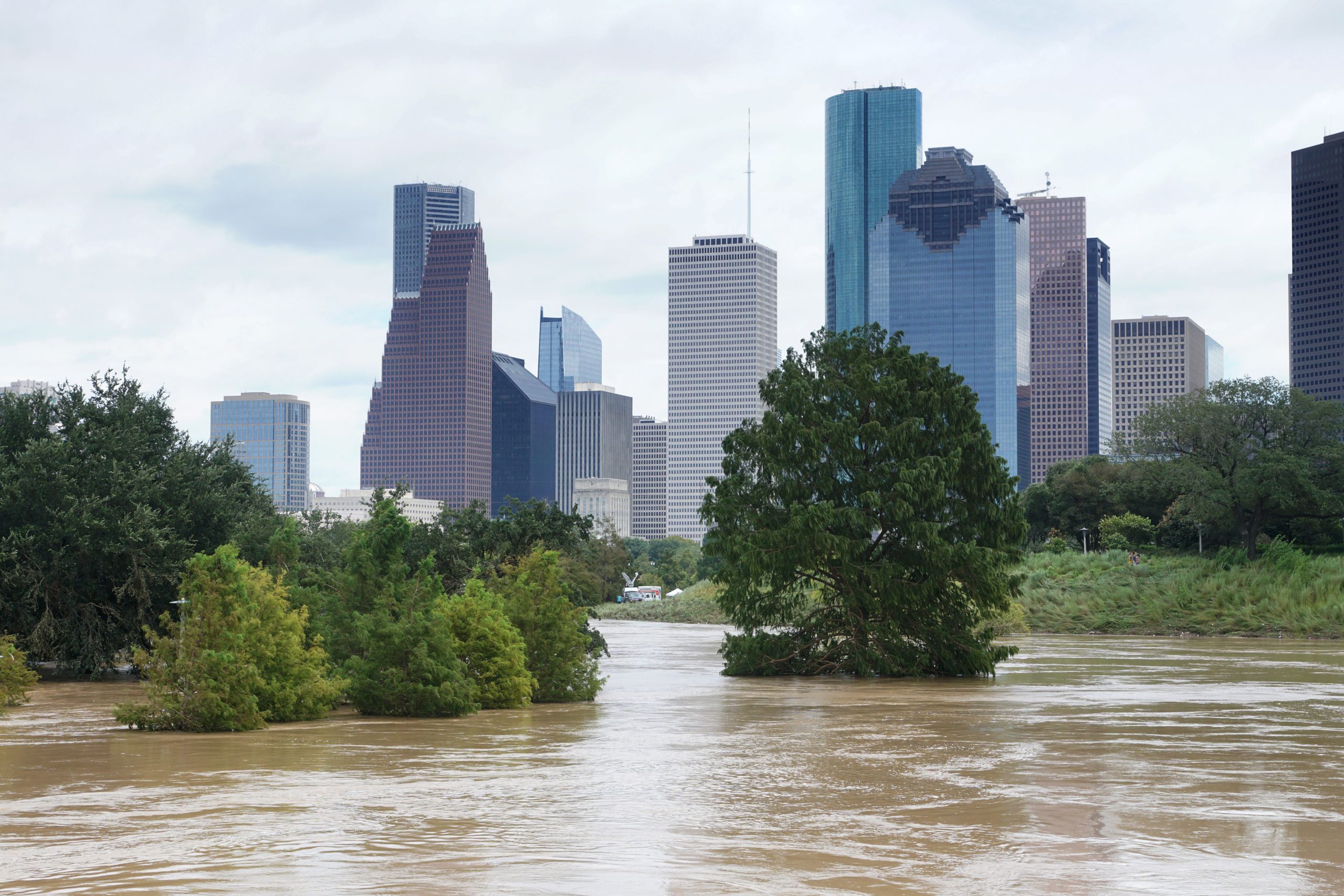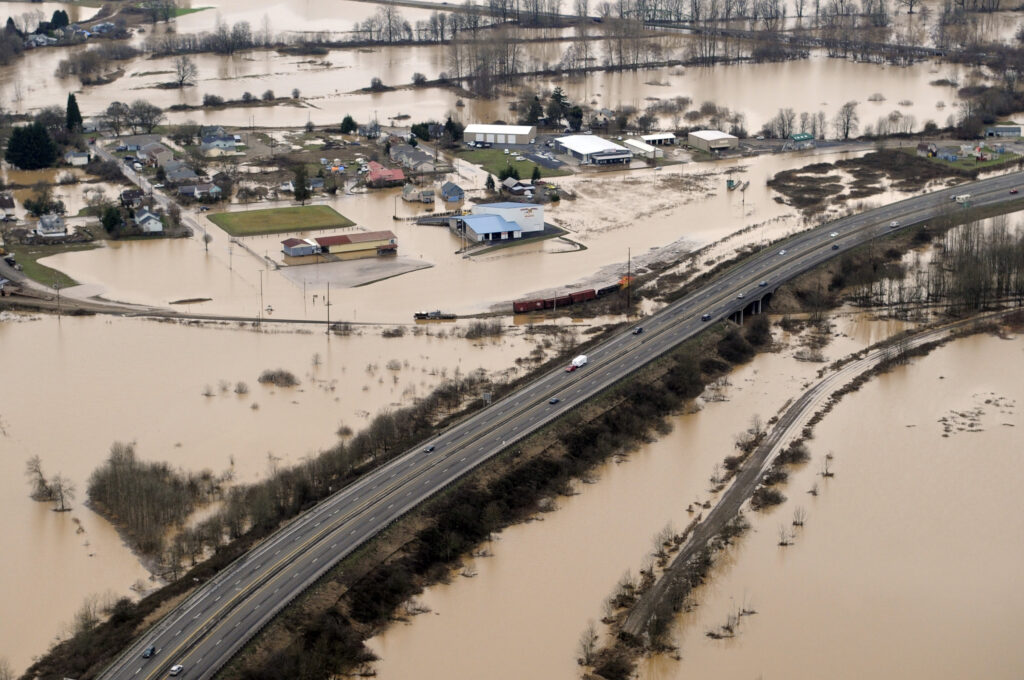If there is anything I remember from my time working in the finance industry, it’s this: “When the ship goes down, serve piña coladas!”
Although I’ve written about my experiences on sinking boats in the past, the ship in this case is a clever term to help remember the priority that people are paid when business assets are liquidated (wages, taxes, debts, stockholders, etc.). Liquidation is a scary topic for business leaders, but until now there is always hope for a plan B—that investments can be recouped and used another day.
Finance professionals—from retail investors to chief financial officers—use statistical models to help offset their exposure to known risks that cause market volatility like inflation, interest rates, credit ratings, or currency fluctuations. However, as robust as these models are, I’ve rarely seen them consider physical risks, let alone the ever-looming threat of climate change.
That’s a problem because there is no plan B for the impact of climate change.
Is It Hot in Here, or Is That Just the Elephant in the Room?
Climate change is no longer just an existential threat to businesses. Over the past five years, there has been a significant rise in the number of Form 10-K filings citing natural disasters and climate risk as major loss drivers. Additionally, leaders like Larry Fink from BlackRock have advocated for enhancing transparency on risk reporting, endorsing frameworks like the Task Force on Climate-Related Financial Disclosures (TCFD). It’s clear that addressing physical risk is increasingly vital for businesses.

In the face of increasingly devastating weather incidents, asymmetrical security challenges, and costly supply chain disruptions, executives are under pressure to strengthen their companies against volatility. To do this effectively and stay competitive in today’s market, businesses must bolster strategies that promote resilience and sustainability, prioritizing long-term growth and viability while continuing to meet near-term business performance objectives.
Despite this importance, though, few companies effectively leverage location intelligence at scale to address crucial business needs like resilience and sustainability.
According to a recent Forrester study commissioned by Esri, Unlock the Competitive Advantage of Business Resiliency with Location Intelligence, half of today’s businesses reported that they are not devoting enough resources to manage risk, even though nearly 97 percent of companies have been impacted by a critical risk event, which directly affected profitability and brand reputation. When it comes to proactively addressing critical business risks, both in the near and long term, geospatial tools and data reveal key insights to guide strategic decisions.
Location intelligence, defined by Forrester as “the practice of collecting, visualizing, and analyzing data,” is a well-established tool for enhancing business resilience. After all, 73 percent of surveyed businesses recognize that spatial technology is critical or important to addressing challenges like climate change, severe weather events, and supply chain disruptions. However, despite this importance, only 18 percent fully leverage spatial technology at scale.
How can location intelligence be so crucial to the success of vital business strategies but so underutilized?
From Cost Sink to Competitive Advantage
Approximately 97 percent of companies cite a specific challenge to utilizing location intelligence at scale such as siloed location data (38 percent) or lack of technical skills (28 percent). However, a larger story is that in many cases, resilience and sustainability are seen as slowing business growth and not as being a competitive business advantage.
Nearly a third of the companies surveyed by Forrester on the topic noted that risk management has a perception among their executives of slowing business growth. This misperception has been pervasive among executives for several decades, all the while losses from critical risk events continue to grow.
When asked about the impact of critical risk on business operations, 62 percent of surveyed companies expect these physical risks will result in an inability to fulfill brand promises (i.e., the ability to execute on core business strategies). We believe this to be a staggering number of companies that believe physical risks can fundamentally undermine their operations. However, it’s not without precedent.

When the COVID-19 pandemic shut down steel production in Wuhan, China, in 2020, the downstream impact of the virus did not directly affect US consumers for nearly a year. As Beijing’s zero COVID policy periodically shuttered steel factories, manufacturers from the automotive and durables sectors needed to fundamentally shift their mindset to just-in-time-delivery. Whereas many manufacturers only kept a surplus of one month’s worth of steel before the pandemic, many have tripled the amount kept in reserve because of the uncertainty around future supplies. Tectonic shifts in mindset like this among a group that prides itself on efficiency is a clear signal that companies can’t afford to ignore resilience moving forward.
Mapping the Intersection
The main variables that we use to understand the world around us are inherently spatial. By leveraging location data and analytics, companies can gain valuable insights into their operational footprint to rapidly adapt to changing environmental conditions to ensure continuity of their core operations.
Business resilience begins with visibility into what’s happening now to global assets, facilities, and the workforce as well as what might happen in the future and where action needs to be taken proactively (or preemptively). In coordination with business resilience, sustainability initiatives address negative externalities associated with business operations, reducing greenhouse gas emissions and carbon footprints with greater operational efficiency, alternative energy sources, improved logistics, and smarter resource use.
Understanding the complexities of a company’s global operations while also planning to make core functions more resilient and sustainable is a daunting task to say the least. However, by thinking of these functions as a part of a single system within the context of location, executives and analysts can better understand complex relationships and connections that would otherwise be hidden.
Companies that continue to underutilize and undervalue their resilience strategies will face grim prospects moving forward. By utilizing location intelligence to proactively address climate-driven disruptions, businesses are in a better position to not only weather emerging crises but capitalize on new market opportunities long before their competition.
Ready to get started? Download the full Forrester study commissioned by Esri and discover more insights on the critical importance of location intelligence for business resilience.

